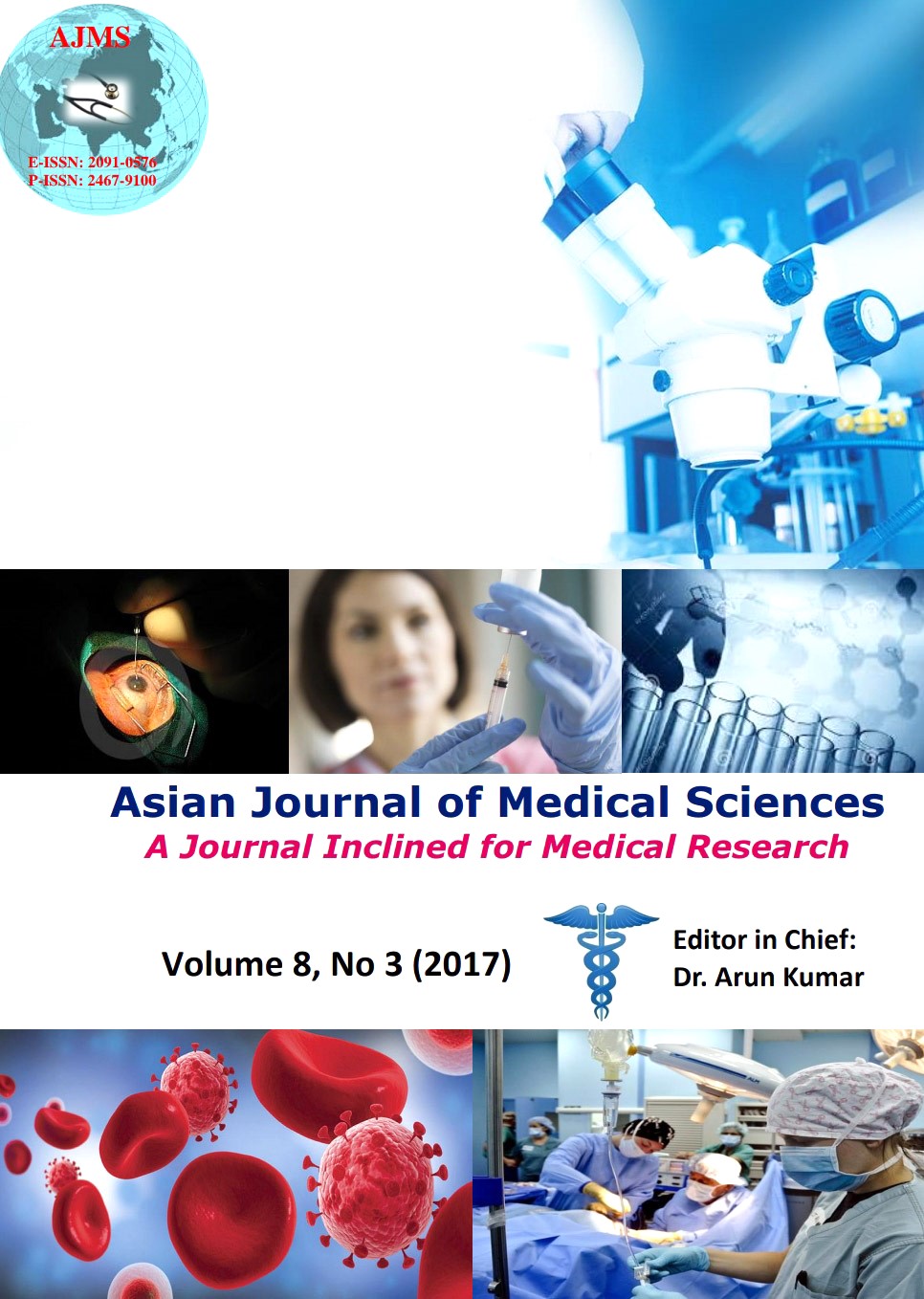Law enforcement and cardiovascular risk: Findings of a cross-sectional study from Rural Karnataka
Keywords:
Cardiovascular risk factors, Police personnel, Framingham risk scoreAbstract
Background: Police personnel experience job-related factors that put them at risk of heart disease. Close encounter with difficult situations and unpredictability of working hours pose
them with high stress which can increase the chance of heart disease.
Aims and Objective: The current study aims to find out the prevalence of individual and aggregated cardiovascular disease (CVD) risk factors and a10 year risk prediction of a fatal or non-fatal cardiac events using the Framingham risk score.
Materials and Methods: A cross sectional study was conducted among 60 police personnel of Devanahalli Taluk in Bangalore rural district. The study comprised a pre tested semi structured questionnaire; body mass index, waist circumference, waist hip ratio systolic and diastolic blood pressure measurements, and random plasma glucose estimation. Pearson’s correlation coefficients were calculated for Framingham risk score with individual CVD risk factors. Multivariate logistic regression was done to measure the association of CVD risk factors with Framingham risk score.
Results: The prevalence of aggregated cardiovascular risk was high, 85% of them had a combination of 2 or more risk factors. Greater age (> 50 years), smoking, waist circumference, waist hip ratio and presence of hypertension were significantly associate with high 10 year CVD risk categories. Age and systolic blood pressure showed a significant positive correlation with CVD risk.
Conclusion: An alarming 40% of the police personnel had a high risk of a fatal or non-fatal cardiac event in the next 10 years. This warrants the need for regular CVD risk factor screening and targeted health education programs along with lifestyle modification counselling.
Asian Journal of Medical Sciences Vol.8(3) 2017 49-54
Downloads
Downloads
Additional Files
Published
How to Cite
Issue
Section
License
Authors who publish with this journal agree to the following terms:
- The journal holds copyright and publishes the work under a Creative Commons CC-BY-NC license that permits use, distribution and reprduction in any medium, provided the original work is properly cited and is not used for commercial purposes. The journal should be recognised as the original publisher of this work.
- Authors are able to enter into separate, additional contractual arrangements for the non-exclusive distribution of the journal's published version of the work (e.g., post it to an institutional repository or publish it in a book), with an acknowledgement of its initial publication in this journal.
- Authors are permitted and encouraged to post their work online (e.g., in institutional repositories or on their website) prior to and during the submission process, as it can lead to productive exchanges, as well as earlier and greater citation of published work (See The Effect of Open Access).




